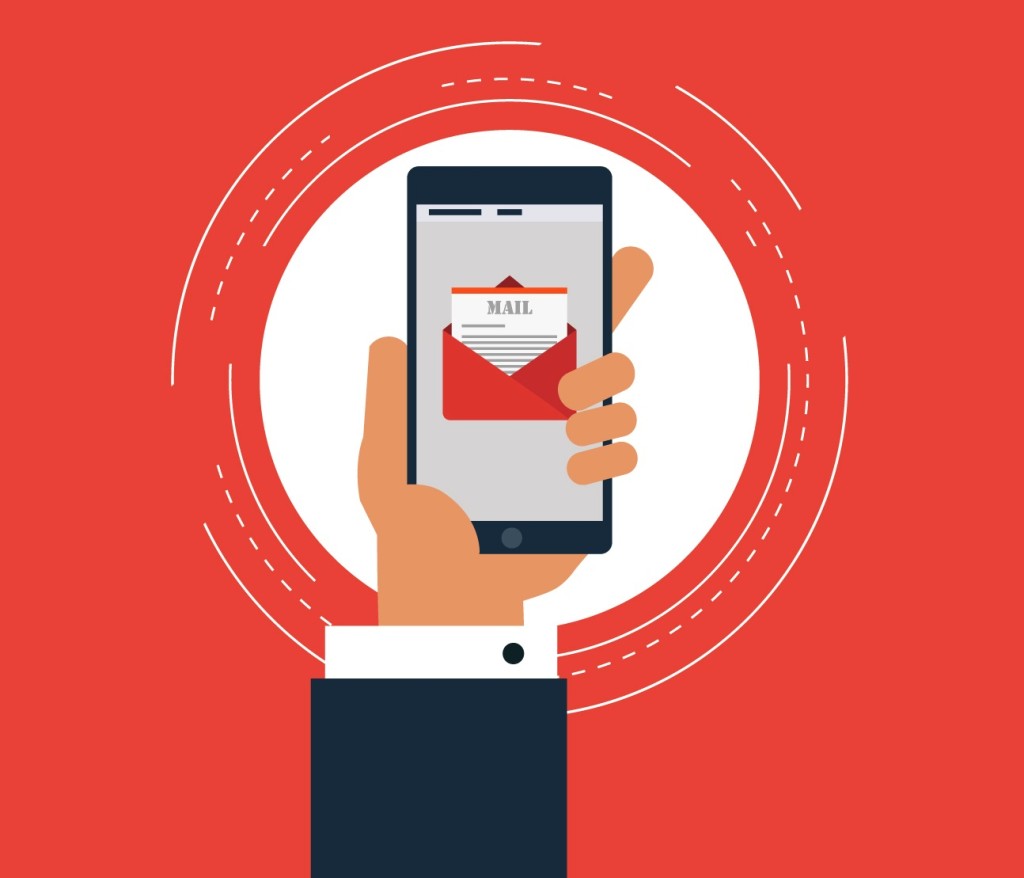 As a marketer, one of the most powerful tools in your toolkit is email. That’s because email can be used throughout the B2B buyer’s journey, from the point of first contact to the final sale. For example, a prospect who may be learning more about your company can be sent content to download, while a a prospect closer to the end of the journey can be sent a very targeted offer.
As a marketer, one of the most powerful tools in your toolkit is email. That’s because email can be used throughout the B2B buyer’s journey, from the point of first contact to the final sale. For example, a prospect who may be learning more about your company can be sent content to download, while a a prospect closer to the end of the journey can be sent a very targeted offer.
Early Stage
At the beginning of the B2B buyer’s journey, the key is to use email content that can educate people about your overall company, where it fits into the industry ecosystem and how you can help to solve their problems. It’s still too early to be sending out whitepapers and other detailed documents.
However, a brief two-minute explainer video, when included in an email, can help to nudge a prospect along. You can also send out content that highlights any awards your company might have won, or any positive press mentions you might have received recently. It’s all part of making prospects more comfortable with your company.
Middle Stage
In the middle of the B2B buyer’s journey, it’s time to start sending out educational content to move a prospect along as quickly as possible. This often called the “consideration” stage, and the key is to send out as much information and details as possible to enable prospects to evaluate your products or services.
For example, you could send out links to a recent e-book your team has created. Or, you could send out email content about a new whitepaper a member of your team authored. As best as possible, this content should be customized to the particular niche or industry of the recipient.
Late stage
You’ve now moved a prospect along to the point where a sale might be imminent. It’s at this point that pricing starts to become a factor. And, if you’re offering a particularly sophisticated product, it might be time to start anticipating questions or hesitations the buyer might be having.
Of course, there are several watch-outs here. The first is that you need to make sure that you have an up-to-date and “clean” database of email addresses. No matter how good your marketing message is, it won’t go anywhere if it’s being sent to an inactive email address!
The second is that you have to properly evaluate where a buyer is on the B2B buyer’s journey. The goal is to send the right message at the right time to the right person. So if you’re sending out “late stage” content to someone in the “early stage,” that’s not going to work out for you. And the opposite is true also – if you’re sending out “early stage” emails to prospects in the “late stage,” that’s bound to be confusing as well.
And remember – you’ll need to tweak emails as you go along. Just by tracking metrics like open rates and click-through rates, you can get a very good idea of how well your emails are tracking the overall B2B buyer’s journey.
Image: Designed by Freepik
